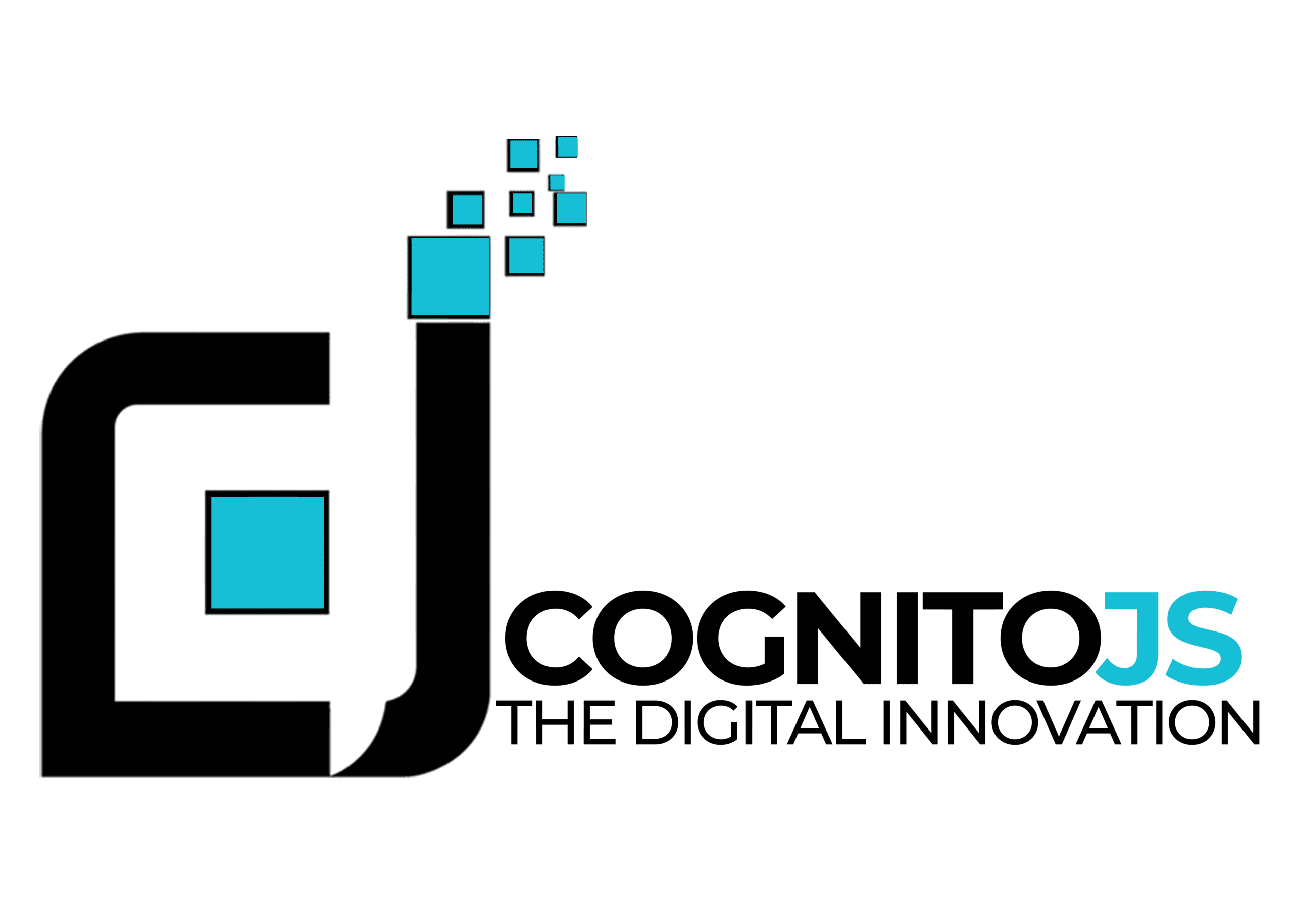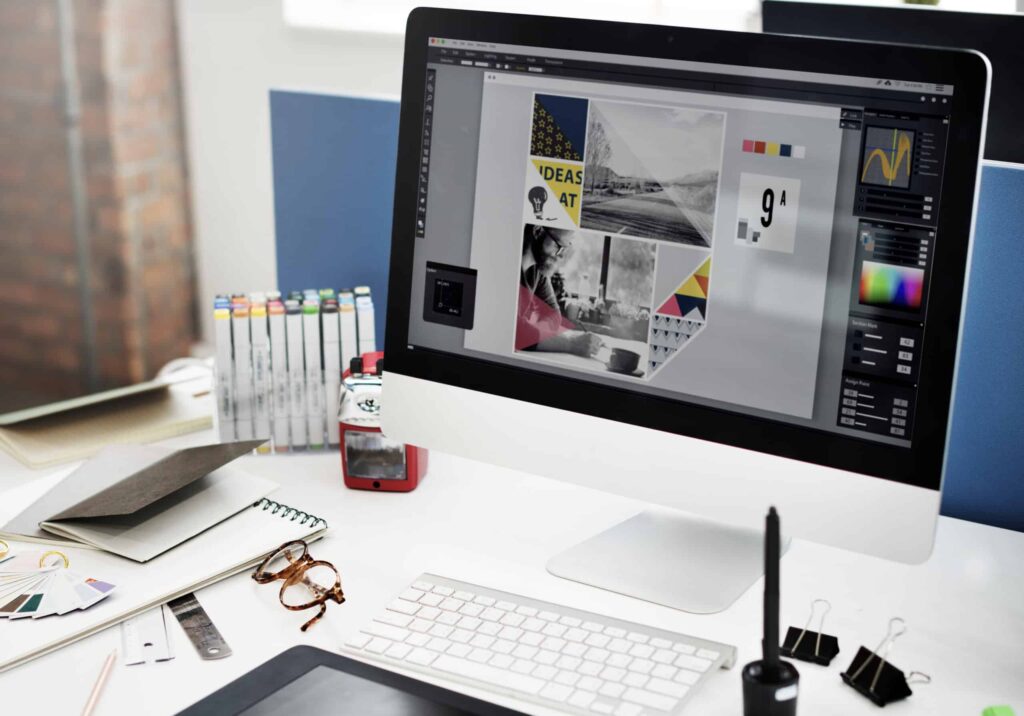Introduction:
Graphic design is a dynamic and ever-evolving field that combines creativity and technology to communicate visually. It plays a crucial role in conveying messages, building brand identities, and enhancing the overall aesthetic appeal of various media. From print materials like brochures and posters to digital platforms such as websites and social media, graphic design is omnipresent in our visually-driven world.
The Basics of Graphic Design:
At its core, graphic design involves the thoughtful arrangement of visual elements to convey a message effectively. Designers use a combination of images, typography, colors, and layout to create a visually appealing and cohesive composition. Understanding the principles of design, such as balance, contrast, unity, and hierarchy, is essential for creating impactful visuals.
Typography:
One of the fundamental aspects of graphic design is typography, the art of arranging typefaces. Choosing the right font, size, and spacing is crucial for readability and conveying the intended tone. Typography goes beyond just selecting fonts; it involves understanding how text interacts with other design elements to create a harmonious composition.
Color Theory:
Color is a powerful tool in graphic design, influencing emotions and perceptions. Designers must have a solid grasp of color theory to choose appropriate color schemes that align with the message and purpose of the design. Understanding the psychological impact of colors helps designers evoke specific emotions and responses from the audience.
Images and Illustrations:
Incorporating images and illustrations is another integral part of graphic design. Visual elements help tell a story, evoke emotions, and make the design more engaging. Whether using photography, illustrations, or a combination of both, designers must consider the relevance and quality of the visuals to enhance the overall impact.
Software Tools:
Graphic designers utilize a variety of software tools to bring their creative visions to life. Industry-standard applications like Adobe Photoshop, Illustrator, and InDesign provide a platform for designing and manipulating visual elements. Familiarity with these tools is essential for designers to execute their ideas efficiently and professionally.
Responsive and User-Centric Design:
With the rise of digital platforms, graphic designers must adapt their skills to create designs that are not only visually appealing but also responsive and user-centric. Responsive design ensures that graphics adapt to different screen sizes and devices, providing a seamless user experience across various platforms.
The Impact of Graphic Design:
Effective graphic design has a profound impact on branding, marketing, and communication. A well-designed logo, for example, can become synonymous with a brand, while thoughtfully crafted marketing materials can attract and engage target audiences. Graphic design is a powerful tool for conveying messages in a visually saturated world.
Conclusion:
Graphic design is an art form that blends creativity with technical proficiency. It plays a pivotal role in shaping how we perceive and interact with the world around us. From traditional print media to the digital landscape, graphic design continues to evolve, influencing the way we communicate and express ideas. As technology advances, so too will the possibilities for graphic designers to create innovative and visually stunning compositions that leave a lasting impression.





